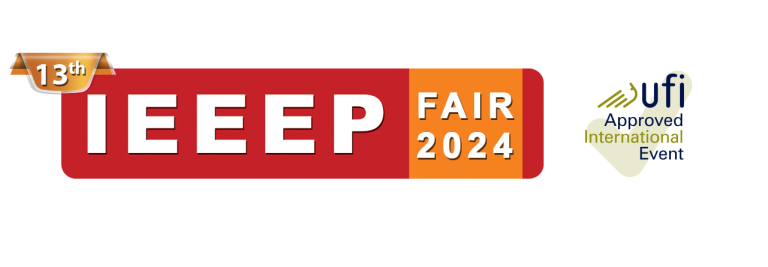Welcome to Pakistan
Situated in South Asia, Pakistan shares borders with India to the east, Afghanistan and Iran to the west, and China to the north. Its diverse landscape includes the Himalayas, plains, and coastal areas along the Arabian Sea. Boasting a population surpassing 249 million, Pakistan ranks as the world's fifth-most populous country, weaving a vibrant tapestry of cultures, languages, and traditions.
The landscape of Pakistan ranges from lofty mountains of Himalayas to the Karakoram in the north northern higher hightlands of KPK and the Gilgit -Baltistan through dissected plateaus to the rich alluvial plains of Punjab. In the south, Pakistan has been blessed with prevalent lands of Balochistan and Sindh, blending into miles of golden beaches of the coastal, covering affluent reserves and minerals assuring economic permanence of the country for centuries to come.
Located in strategic and geopolitical corridor of the world's major maritime oil supply lines, communication fiber optics, Pakistan has proximity to the natural resources of Central Asian countries. Pakistan is an active member of the Commonwealth of Nation, the South Asian Association for Regional Cooperation (SAARC), the Economic Cooperation Organization (ECO) and thr G20 developing nations
PAKISTAN – SPARKING A NEW ERA OF GROWTH
Situated in South Asia, Pakistan shares borders with India to the east, Afghanistan and Iran to the west, and China to the north. Its diverse landscape includes the Himalayas, plains, and coastal areas along the Arabian Sea. Boasting a population surpassing 249 million, Pakistan ranks as the world's fifth-most populous country, weaving a vibrant tapestry of cultures, languages, and traditions.
Enhanced by its strategic location as a gateway connecting South Asia, Central Asia, and the Middle East, Pakistan demonstrates significant economic and investment potential. The nation features a youthful and skilled workforce, abundant natural resources, and ongoing infrastructure projects, presenting compelling opportunities for investors. The diverse sectors, including energy, manufacturing, agriculture, and information technology, contribute to the attractiveness of Pakistan's expanding consumer market.

Economic Gateway

Energy Corridors

Strategic Maritime Gateway

Connectivity Hub

Digital Land Bridge







